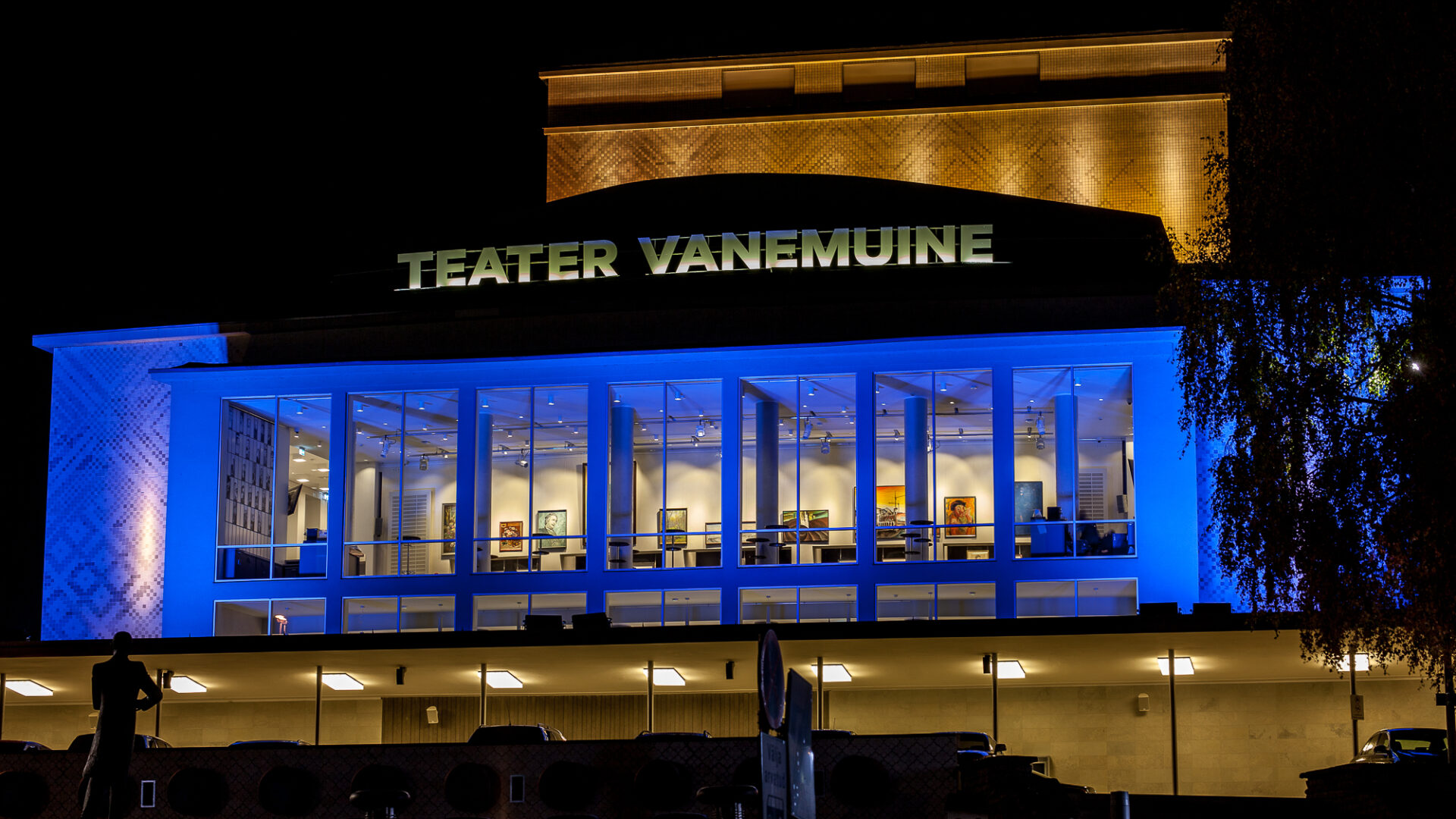History
The Vanemuine Symphony Orchestra
The founding father of Vanemuine as a musical theatre was August Wiera (1853-1919), a man whose role in the history of Estonian theatrical music was more illustrious than could be presumed on the strength of his self-taught abilities. It was under his leadership that that the Pius Alexander Wolff play Preciosa premiered at the Vanemuine in 1883, with an operatic overture and several musical numbers written by Carl Maria von Weber. This event has begun to be considered the birthday of the Vanemuine and of Estonian musical theatre in general.
A figure who played a great role in promoting concert and performances in Tartu was Aleksander Läte, who in 1900 founded the first Estonian symphony orchestra. After Läte partially withdrew from active musical life, Samuel Lindpere continued his work, and in 1908 led the establishment of the Vanemuine Symphony Orchestra. Concerts took place in summer, and performances known as garden concerts were held during the theatre season recess. Classical music topped the bill.
Tartu’s concert scene in Tartu started flourishing in 1911, when Juhan Aavik became the conductor of the Vanemuine orchestra. The programmes during this era included selections from the vanguard of the world’s symphonic repertoire. In the summer of 1912, for example, all of Beethoven’s symphonies, with the exception of only the Ninth, were performed. Well-known Estonian composers, singers and instrumentalists took the stage as guest conductors. In 1915, the orchestra performed all of 95 times with Aavik as principal conductor. For many years, Vanemuine’s symphony orchestra was led by Juhan Simm (principal conductor from 1914 to 1916) and conductor from 1916 to 1941).
In 1935, Eduard Tubin became musical director of the Vanemuine Theatre, implementing the tradition of monthly symphony orchestra concerts in winter. The orchestra’s repertoire became extraordinarily wide-ranging thanks to one of the largest collections of sheet music in the Baltic states.
After World War II, the baton was held by Jaan Hargel (1944-1966), Raivo Kursk (1943-1949) and Aleksei Dolgušin (principal conductor, 1945-1951).
The 1960s and 1970s were happy decades for the musical troupe – the ranks of soloists increased, and reviews were positive from both Estonian and foreign critics. During this period, Erich Kõlar served as principal conductor (1952-1980), and for many years Valdeko Viru (1969-1991) and Endel Nõgene also held the baton (1974-1980 – conductor, 1980-1981 – principal conductor, 1987-1999 – principal conductor and musical director).
There were many changes in the principal conductor at the start of the new millennium: 1999-2004 Mihkel Kütson, 2004-2006 Hendrik Vestmann, 2006-2007 Toomas Vavilov, and from 2008 to 2011 Kütson again. Lauri Sirp has been a conductor at the Vanemuine on a permanent basis (1993-2016).
From September 2011, Paul Mägi has been the musical director and principal conductor.
Besides providing backing for the theatre’s musical productions, it is a historical tradition for the Vanemuine Symphony Orchestra to perform symphony concerts. In addition, the orchestra has collaborated since 2006 with the Dirigentenforum of the Deutsche Musikrat, and master classes named after Eri Klas and Paul Mägi are held. The orchestra has performed widely in Europe (Germany, Sweden, Latvia etc) and has recorded and released six classical music CDs – recordings of Eino Tamberg’s Violin Concert and Ballet-Symphony (conductor Mihkel Kütson), Villem Kapp’s Symphony No. 2 in C minor and Artur Kapp’s Fantasy on the Theme B-A-C-H (conductor Paul Mägi); Anton Bruckner’s Symphony No. 2 in C minor (conductor Paul Mägi); Eduard Tubin’s opera The Parson of Reigi (conductor Paul Mägi), Eino Tamberg’s Five Romances and cello concerto (conductor Paul Mgi) and this recording – Symphony No. 3 in C minor (‘Organ’), Op. 78 (conductor Paul Mägi).
